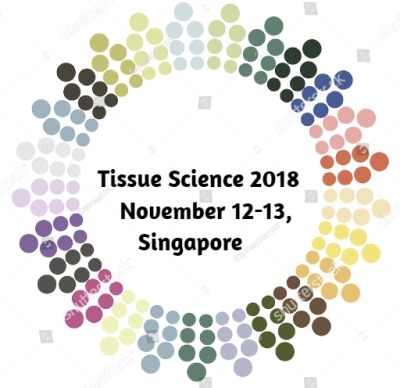
Donald Kuah
Sydney Sportsmed Specialists
Title: A phase 1 double-blind randomized controlled trial of allogeneic adipose derived mesenchymal stem cells (Progenza) for treatment of osteoarthritic knees
Biography
Biography: Donald Kuah
Abstract
Osteoarthritis (OA) is a debilitating condition with no known cure or disease-modifying treatments available. Stem cell therapies may have the potential to halt OA disease progression and repair and regenerate affected joints. Bone marrow (BM) and adipose-derived (AD) MSCs are being trialed for multiple diseases including OA but the majority of research has involved use of autologous cells (rather than allogeneic). A brief review of the literature will be presented. Two studies of knee OA patients receiving allogeneic BM-MSCs concluded MSCs were safe but varying efficacy results were reported. One study reported significant decreases in pain and encouraging MRI results in the MSC treated group. The second study observed no significant changes in objective and subjective pain measurements and no cartilage improvements by MRI. Allogeneic MSC safety has also been demonstrated in a cartilage defect study and in a study delivering the MSCs post partial meniscectomy. These studies reported improvements in pain and MRI measurements in patients that received MSCs.
The STEP (Safety, tolerability and Efficacy of Progenza) Trial was a first-in-human, Phase I, randomised, double-blind, placebo-controlled single ascending dose study of Progenza (PRG) for OA. PRG is composed of in vitro expanded AD-MSCs derived from human donor adipose tissue combined with cell culture supernatant, frozen in ready to inject vials.
The primary objective was to evaluate the safety and tolerability of PRG administered via a single intra-articular injection. Secondary objectives included investigating the effect of PRG on pain, function and joint structures in the study knee, quality of life and relevant serum and urine biomarkers. Twenty patients (40-65 years; Kellgren-Lawrence grade 1-3 knee OA and 35-90mm visual analogue scale pain score) were treated in two cohorts of 10 patients with a 12 month follow-up. Cohort 1: 3.9 million cells (n=8) or placebo (n=2) and cohort 2: 6.7 million cells (n=8) or placebo (n=2). All patients experienced at least 1 treatment emergent adverse event. Most were mild and unrelated to the Investigational Product (IP). No serious adverse events were reported, and no patients withdrew from the study due to an AE. VAS pain scores (Fig. 1) and WOMAC pain subscale scores significantly improved from baseline at all timepoints in the PRG groups (p < 0.05) whilst only a marginal non-statistically significant improvement was observed in the placebo group. Lateral tibial cartilage volume was preserved in the PRG 3.9M group whilst the placebo group showed a statistically significant cartilage loss.
PRG was safe and well tolerated when administered as a single intra-articular injection to patients with symptomatic knee OA. Improvements in knee structure outcomes demonstrates the potential for PRG to have a disease modifying effect in OA joints which warrants further investigation.

